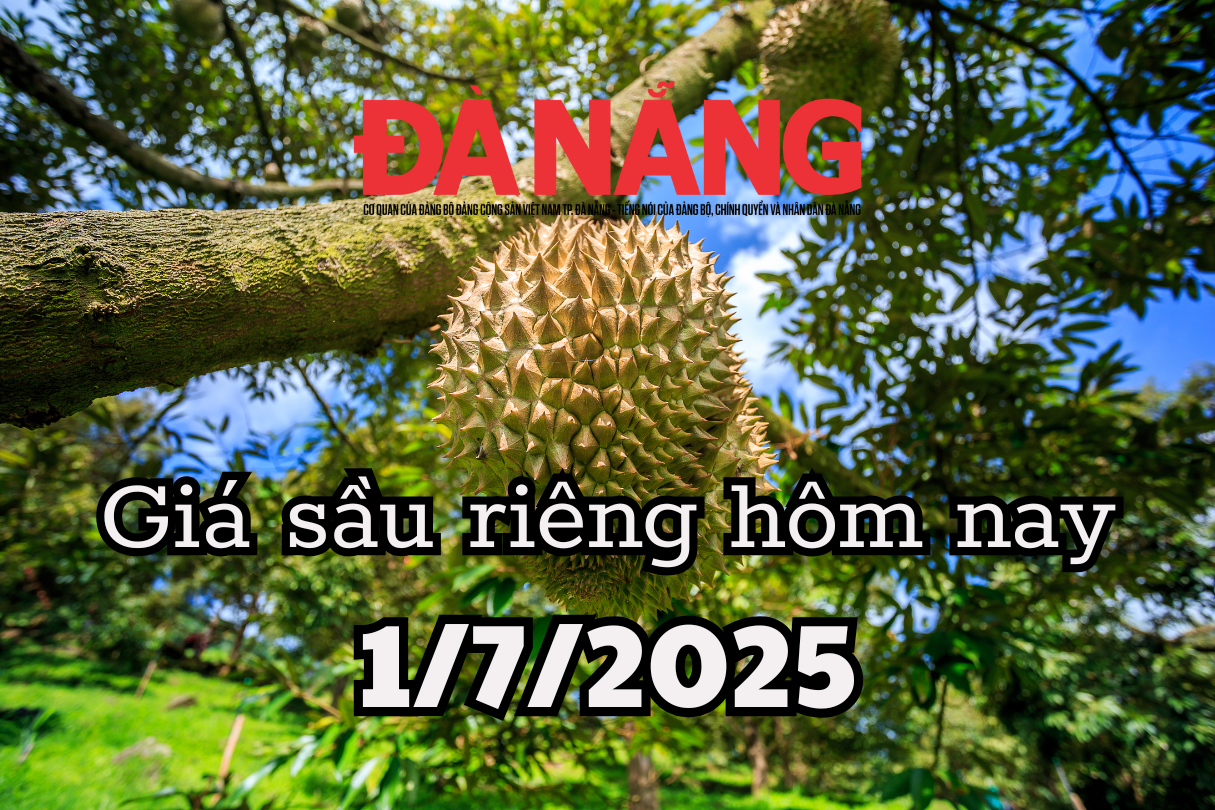
What is the domestic durian price today, July 1, 2025?
According to a survey by Da Nang Newspaper , the current price of durian ranges from 25,000 to 120,000 VND/kg, depending on the type and region. Specifically, Thai durian costs about 75,000 - 95,000 VND/kg, while Ri6 durian costs from 25,000 - 45,000 VND/kg. High-end durian varieties such as Musang King cost up to 115,000 - 120,000 VND/kg.
In general, durian prices reflect the quality and rarity of each variety, with popular varieties typically commanding lower prices than specialty varieties.
Durian price in the Southwest region (Mekong Delta) on July 1, 2025
According to information from the Southwest region (Mekong Delta), the durian purchase price on July 1, 2025 fluctuates around 30,000 - 120,000 VND/kg, specifically as follows:
| Durian variety | Type | Price (VND/kg) |
|---|---|---|
| Ri6 VIP | VIP | 55,000 |
| A | 45,000 – 46,000 | |
| B | 30,000 – 31,000 | |
| C | Negotiate | |
| Thai (Mekong Delta) | VIP | 90,000 – 95,000 |
| A | 75,000 – 78,000 | |
| B | 55,000 – 58,000 | |
| C | 45,000 – 48,000 | |
| Musang King | A | 115,000 – 120,000 |
| B | 85,000 – 90,000 | |
| C | Negotiate | |
| Stable | A | 42,000 – 45,000 |
| B | 30,000 | |
| Six Friends | A | 65,000 |
| B | 45,000 |
Durian price in the Southeast region on July 1, 2025
According to information from the Southeast region, the durian purchase price on July 1, 2025 fluctuates around 30,000 - 80,000 VND/kg, specifically as follows:
| Region / Province | Durian variety | Type | Price (VND/kg) |
| Binh Phuoc | Ri6 | A | 45,000 |
| B | 30,000 | ||
| C | Negotiate | ||
| Thai | A | 78,000 – 80,000 | |
| B | 58,000 – 60,000 | ||
| C | 45,000 – 47,000 | ||
| Dong Nai | Ri6 | A | 45,000 |
| B | 30,000 | ||
| C | Negotiate | ||
| Thai | A | 78,000 – 80,000 | |
| B | 58,000 – 60,000 | ||
| C | 45,000 – 47,000 | ||
| Tay Ninh | Ri6 | A | 40,000 – 45,000 |
| B | 30,000 | ||
| C | Negotiate | ||
| Thai | A | 78,000 – 80,000 | |
| B | 58,000 – 60,000 | ||
| C | 47,000 |
Durian price in the Central Highlands on July 1, 2025
According to information from the Central Highlands region, the durian purchase price on July 1, 2025 fluctuates around 25,000 - 80,000 VND/kg, specifically as follows:
| Conscious | Durian type | Classify | Price (VND/kg) |
| Gia Lai | Ri6 | A | 40,000 – 43,000 |
| B | 25,000 – 28,000 | ||
| C | Negotiate | ||
| Thai | A | 75,000 – 77,000 | |
| B | 55,000 – 57,000 | ||
| C | 45,000 | ||
| Dak Lak | Ri6 | A | 43,000 – 45,000 |
| B | 28,000 – 29,000 | ||
| C | Negotiate | ||
| Thai | A | 78,000 – 80,000 | |
| B | 58,000 – 60,000 | ||
| C | 45,000 – 47,000 |
China tightens standards: Durian exports drop by 3%
According to the Bangkok Post, Thailand’s fresh durian exports to China fell by about 3% year-on-year in the first half of 2025. This was mainly due to unfavorable weather conditions, which delayed harvesting by nearly 20 days. In addition, the General Administration of Customs of China (GACC) has imposed stricter quality control requirements.
Exporters now have to demonstrate that they meet criteria such as packhouse registration, Global GAP certification, chemical residue testing, and a host of other stringent food safety standards. This process is not only lengthy but also adds costs, making it difficult for many small businesses to maintain orders.
However, large companies like Platinum Fruits have maintained stable export operations by investing in quality control processes. They require soil, water, insect and mold testing at ISO-certified laboratories before packaging, and build a transparent supply chain from farm to consumer.
“Competition today is no longer just about price or volume, but about trust in food quality and safety,” Mr. Natakrit Eamskul, CEO of Platinum Fruits, emphasized at the Asia Fruit Logistica Bangkok Meet Up event.
Lessons from Thailand: Collaboration is the Key to Success in the Chinese Market
In Vietnam, domestic durian prices remain much lower than they were at the same time last year, when exports to China peaked. One of the main reasons for the lack of price increases this season is China’s increasingly stringent requirements. Many growing areas in the Central Highlands and the Mekong Delta have yet to meet GAP standards for raw materials and documentation, as well as traceability.
The durian growing area in Vietnam has exceeded 178,000 hectares, a five-fold increase compared to 2015, with an output of more than 1.5 million tons. However, without an effective quality control strategy, many regions may fall into a situation of “substandard goods – unable to export – having to sell off domestically.”
Lessons from Thailand show that coordination between businesses, farmers and regulators in controlling residues and ensuring traceability is a prerequisite to maintaining a position in a large market like China.
Source: https://baodanang.vn/gia-sau-rieng-hom-nay-1-7-2025-dam-chan-tai-cho-trung-quoc-tiep-tuc-lam-kho-3264581.html



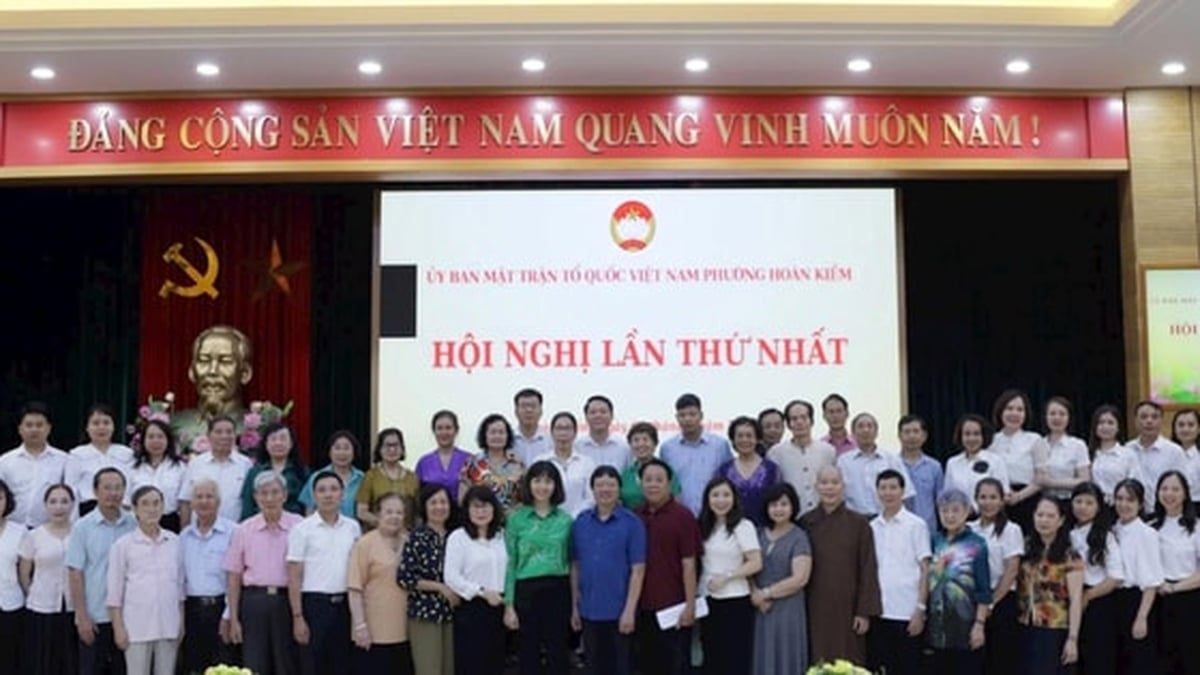






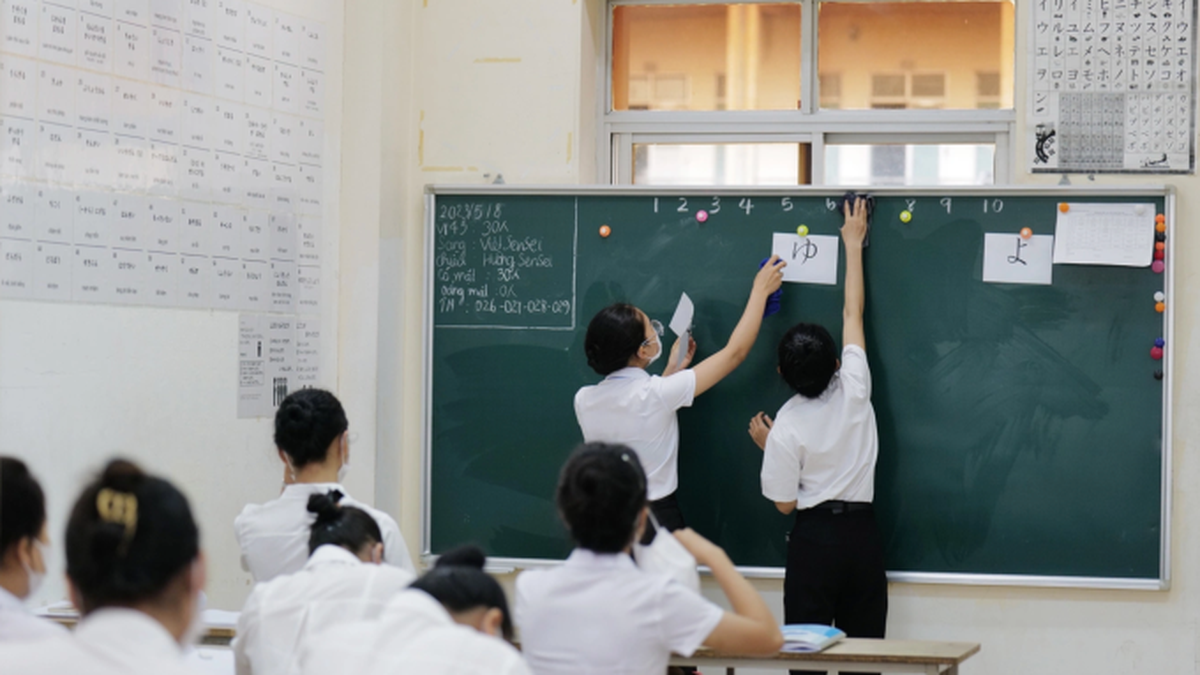
















![[Photo] Gia Lai provincial leaders offer flowers at Uncle Ho's Monument with the ethnic groups of the Central Highlands](https://vphoto.vietnam.vn/thumb/1200x675/vietnam/resource/IMAGE/2025/7/9/196438801da24b3cb6158d0501984818)












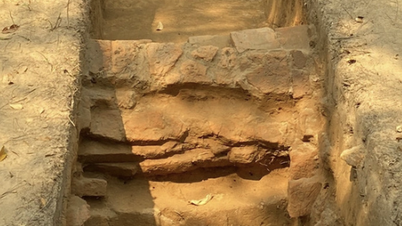



















































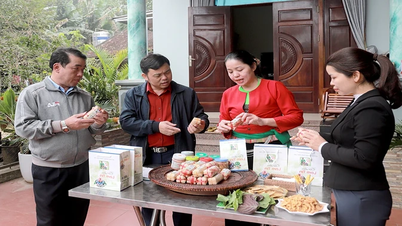







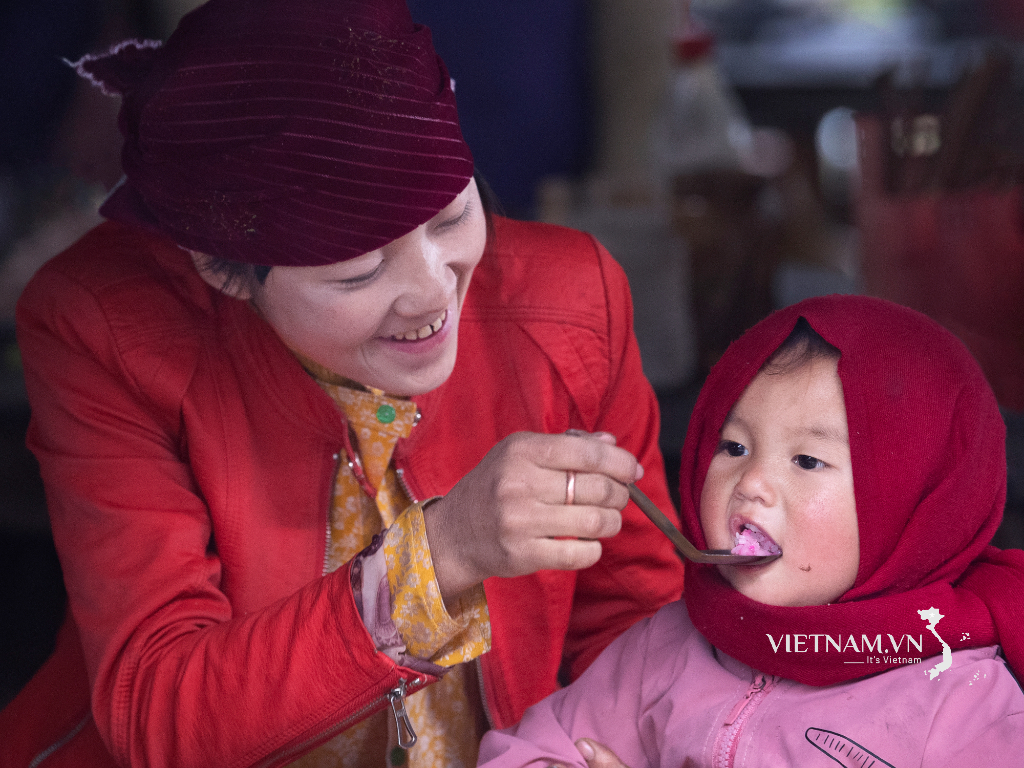
Comment (0)